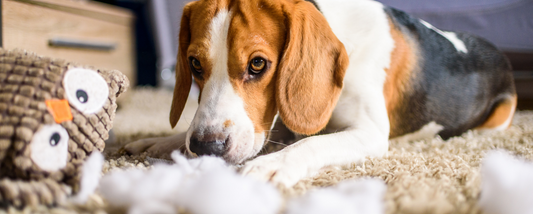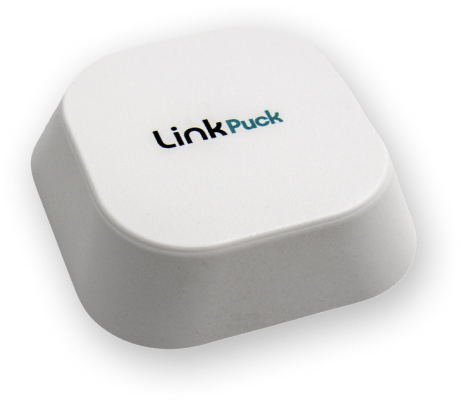Puppies teethe the same way human babies do and grow new teeth just like children do during their development. Here’s a timeline to follow so you know exactly what to expect as your furry friend ages and what to do if his permanent teeth don’t appear as they should.
Growing Puppy Teeth
Most, if not all puppies, are like humans, born without teeth. And, just like humans, dogs have two sets of teeth in their lifetime. A puppy’s 28 deciduous (temporary) teeth appear in about three to four weeks after he’s born. One big difference between dogs and humans when it comes to their teeth is how quickly they fall out and are replaced. A dog’s teeth typically fall out anywhere from 14 to 30 weeks of age and are replaced with 42 adult canine teeth.
- Weeks 2 to 4. In most cases, a puppy will still be with his mother when his baby teeth come in. He’ll still be nursing, but his eyes will have opened. It could take as long as six weeks for the first teeth to appear. Twelve incisors, six each on the top and bottom of his mouth, appear first. Four canines come next and by six weeks, six premolars appear behind the canines.
- Weeks 5 to 6. All puppy teeth are in and your pup will be in the process of being weaned so he can start eating moist, soft puppy food.
- Weeks 8 to 16. Somewhere around the eighth week of life, a puppy’s teeth start falling out and adult teeth begin to appear. The adult teeth follow the same order as the temporary ones: incisors, canines, and premolars, which might not appear until week 24.
- Weeks 12 to 16. Depending on the breed, this is the age when most puppies go home with their pet parents. Once at home, you’re likely to see little crumb-sized teeth around the house as your dog’s permanent adult teeth finish their emerging. Some puppies do chew and swallow their puppy teeth, which is nothing to be concerned about.
If your puppy hasn’t lost all his baby teeth by the time he’s eight months or 30 weeks old, a visit to the vet is a good idea to make sure there isn’t a problem such as impaction. Once in a while, an adult tooth will come in but the baby tooth in front of it doesn’t fall out. In that case, the puppy tooth might have to be extracted.
The Teething Process
If you’ve ever been around a teething baby, you know the process can be a painful one. Teething takes up to eight months for a puppy, and during this time it’s a good idea to give him things to chew on like soft and/or flexible rubber or rawhide toys made especially for dogs. Excessive drooling is also common as is eating less and times of irritation if his mouth is tender.
Once your pup becomes a dog with a full mouth of permanent, pearly white chompers, it’s important to help him keep them that way. Be sure to regularly brush his teeth and schedule cleanings to remove plaque, which can turn into tartar that causes serious medical problems. Establishing a consistent dental care routine early on in your pet’s life is one of the most valuable things you can do for his health and to ensure years of enjoyment together.





